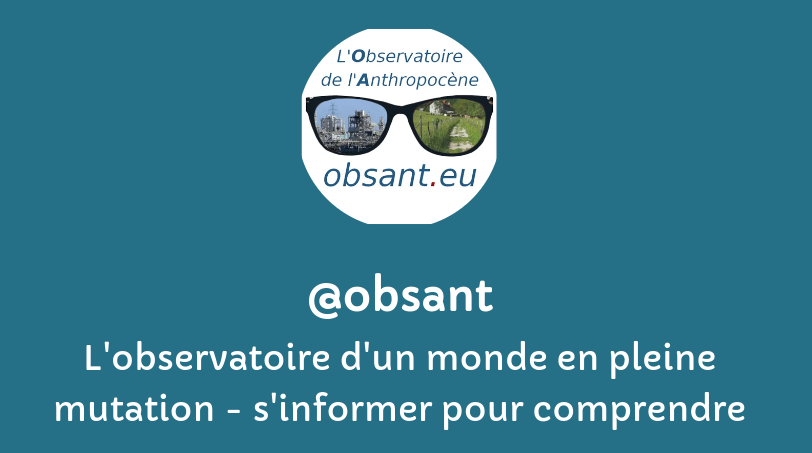Les champs auteur(e)s & mots-clés sont cliquables. Pour revenir à la page, utilisez le bouton refresh ci-dessous.
The reality of coming to terms with the end of industrial civilisation
Doomscrolling, an addictive habit, can be destructive if not managed – the way an alcoholic, say, manages drinking herself to death. It must be done with care, with binges considered for the long haul. “Overindulging…may be detrimental to your mental health,” warns the doomscrolling subreddit r/Collapse. “Anxiety and depression are common reactions when studying collapse…If you are considering suicide….” (If you are considering suicide: this may end up one of the mantras of the era of modern civilizational crack-up.)
World Energy Outlook 2025 - Event listed by the International Energy Agency
The International Energy Agency works with countries around the world to shape energy policies for a secure and sustainable future.
The UK has announced much harsher rules for asylum seekers including the prospect of more deportations for those whose applications fail. The US is trebling the size of its deportation force. The EU is doubling its border budgets. And in the coming decades, hundreds of millions of people might be displaced by ecological changes.
Budgets are now climate policy. But mainstream media hasn’t caught up.
Around 56 million years ago, Earth suddenly got much hotter. Over about 5,000 years, the amount of carbon in the atmosphere drastically increased and global temperatures shot up by some 6°C.
Logging and mining are destroying swathes of the Congo rainforest, with the result that African forests went from being a carbon sink to a carbon source in 2010 to 2017
Exclusive: UCL scientists find large swathes of southern Europe are drying up, with ‘far-reaching’ implications
I always say that models are not predictions; they are qualitative illustrations of what the future could be. But as the future gets closer to the present, models can start being seen as predictive tools. It is the weather/climate dichotomy, so aptly exploited to confuse matters by politically minded people in the discussion about climate. Right now, we are getting close to the point that we could forecast a collapse in the same way as we can forecast the trajectory of a tropical storm. So, you remember how “The Limits to Growth” generated a long term forecast in 1972. Here it is
Vaccination, despite being recognized as one of the most effective primary public health measures, is viewed as unsafe and unnecessary by an increasing number of individuals. Anxiety about vaccines and vaccination programs leading to vaccine hesitancy results from a complex mix of social and political influences, cultural and religious beliefs, the availability of and ability to interpret health and scientific information, and personal and population experiences of health systems and government policies. Vaccine hesitancy is becoming a serious threat to vaccination programs, and was identified as one of the World Health Organization’s top ten global health threats in 2019. The negative impact of anti-vaccination movements is frequently cited as one of the major reasons for rising vaccine hesitancy amongst the general public world-wide. This review discusses the various issues surrounding vaccine hesitancy and the anti-vaccine movement, starting with the definitions of vaccine hesitancy and the anti-vaccine mo
The growth rate of greenhouse gas (GHG) climate forcing increased rapidly in the last 15 years to about 0.5 W/m2 per decade, as shown by the “colorful chart” for GHG climate forcing that we have been publishing for 25 years (Fig. 1).[1] The chart is not in IPCC reports, perhaps because it reveals inconvenient facts. Although growth of GHG climate forcing declined rapidly after the 1987 Montreal Protocol, other opportunities to decrease climate forcing were missed. If policymakers do not appreciate the significance of present data on changing climate forcings, we scientists must share the blame.
Delegates made minimal headway on timetable for replacing oil and gas or on firm commitments to reducing carbon emissions
A deal is welcome after talks nearly collapsed but the final agreement contains small steps rather than leaps
Rain-fed agriculture, the backbone of rural livelihoods, are no longer predictable as droughts follows floods.
Existential Risk and Global Catastrophic - Risk: A Review
Collapse has historically benefited the 99%. […] That’s the amazing conclusion of Luke Kemp, author of Goliath’s Curse: The History and Future of Societal Collapse. Luke is a research associate at the Centre for the Study of Existential Risk at the University of Cambridge, and has spent the past five years studying the collapse of civilisations throughout history. He joins me to explain his research, detailing the difference between complex, collective civilisations and what he calls “Goliaths”, massive centralising forces by which a small group of individuals extract wealth from the rest through domination and the threat of violence. Today, he says, we live in a global Goliath.
Exclusive interview with ex-US vice-president at Cop30 also reveals his hope around much-maligned climate summit
Watchdog’s flagship report says rise in low-carbon electricity will make transition ‘inevitable’, despite Trump’s calls to carry on drilling
We are hurtling toward climate chaos. The planet's vital signs are flashing red. The consequences of human-driven alterations of the climate are no longer future threats but are here now. This unfolding emergency stems from failed foresight, political inaction, unsustainable economic systems, and misinformation. Almost every corner of the biosphere is reeling from intensifying heat, storms, floods, droughts, or fires. The window to prevent the worst outcomes is rapidly closing. In early 2025, the World Meteorological Organization reported that 2024 was the hottest year on record (WMO 2025a). This was likely hotter than the peak of the last interglacial, roughly 125,000 years ago (Gulev et al. 2021, Kaufman and McKay 2022). Rising levels of greenhouse gases remain the driving force behind this escalation. These recent developments emphasize the extreme insufficiency of global efforts to reduce greenhouse gas emissions and mark the beginning of a grim new chapter for life on Earth.
![]()



